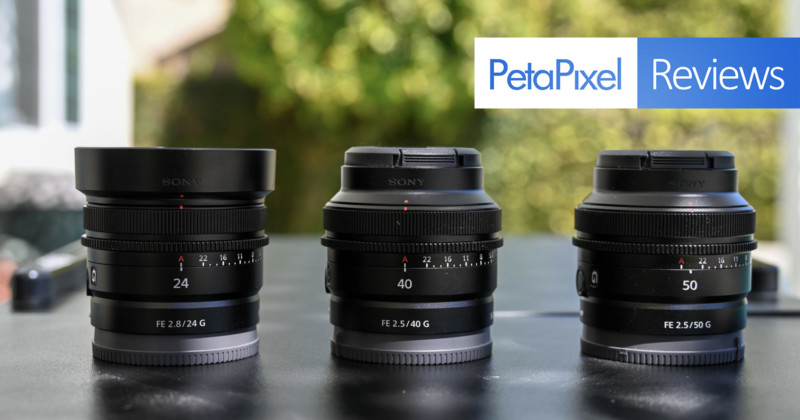
In response to Sigma’s push into compact mirrorless prime lenses, Sony has launched a new trio of affordable and high-quality, ultra-compact prime G-lenses. These three lenses combined are smaller and lighter than an average 24-70mm f/2.8, making them fantastic for carrying as a small unobtrusive kit for your travel adventures.
Before we get into it, we perhaps owe you an explanation as to why three lenses are being grouped into one review. After testing, I found that these lenses performed pretty much identically, with the only differences being maximum aperture in one case and three different focal lengths. As such, you can treat this review as a performance evaluation of all three and you can either get the one you want or pick up all three as a set.
As noted in our news coverage of the lenses, the trio is built with aspherical lenses/extra-low dispersion glass which together boasts high-resolution, and fast-performance with pleasing bokeh provided by the 7-bladed aperture (we’ll get to that later) in an aluminum barrel that’s dust and moisture resistant. The Autofocus system is fast and precise using double linear motors that are silent and very low vibration making them ideal for photo and video work.
At a glance, they almost look like what you’d see on a beginner kit body because they are so small. In fact, they are all physically identical when you remove the included lens hoods making the only discernable difference in appearance is the aperture ring and engraved labeling of the lenses.
Speaking of the aperture ring, as someone who shot — and still shoots — on old film rigs, the design of the aperture ring has a “de-click” switch that will enable and disable the clicking of the apertures as you rotate them manually. This is pretty standard on Sony lenses now, but I do have to say that the clicking aperture ring is widely satisfying to use and it doesn’t get old.
How compact are they? While you can read exactly how much they weigh here, I think it’s more practical to give you an idea of their size: Two of these lenses stacked end to end are about the height of an iPhone X, making them very easy to carry around, even in your pockets.
The Setup
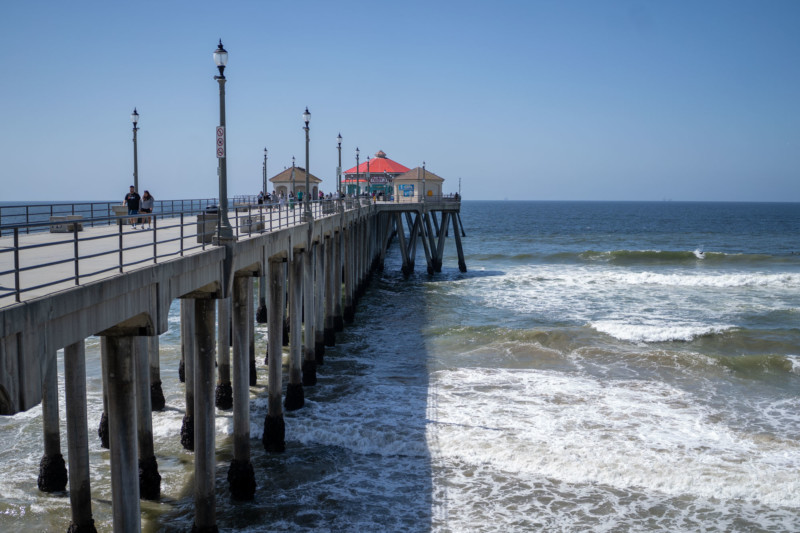
To test these lenses out I used a Sony Alpha 7 III with the goal of shooting the minimum and maximum apertures to determine the sharpness and quality of the images comparing those settings.
Testing The Lenses
Given the pandemic and public gathering rules at the time of testing, I limited my testing to some street and beach photos as I wanted to keep my distance from the crowds.
What I discovered when mounting them onto the a7 III was that gripping the lenses was a bit tricky to do without accidentally moving the aperture or focus rings. By no means a big deal, but be aware that when you’re mounting the lens, you’re likely to accidentally shift the manual aperture to something random. So once they’re on, be sure to check it’s where you want it.
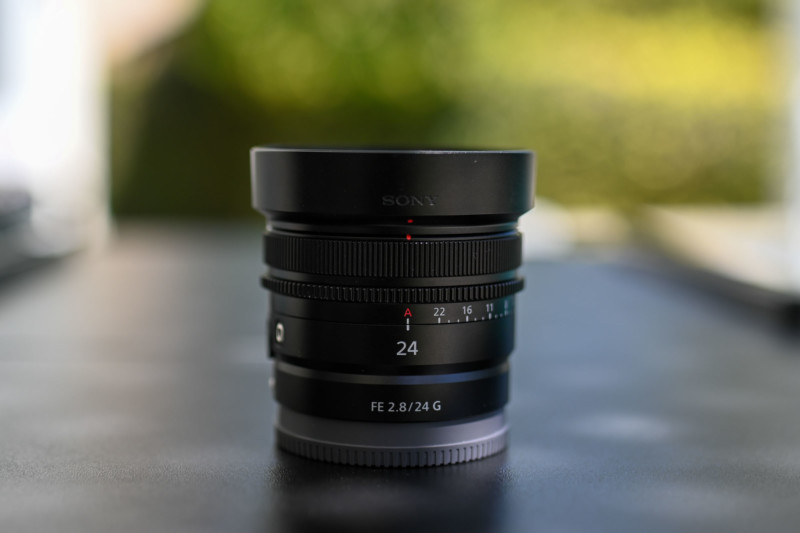

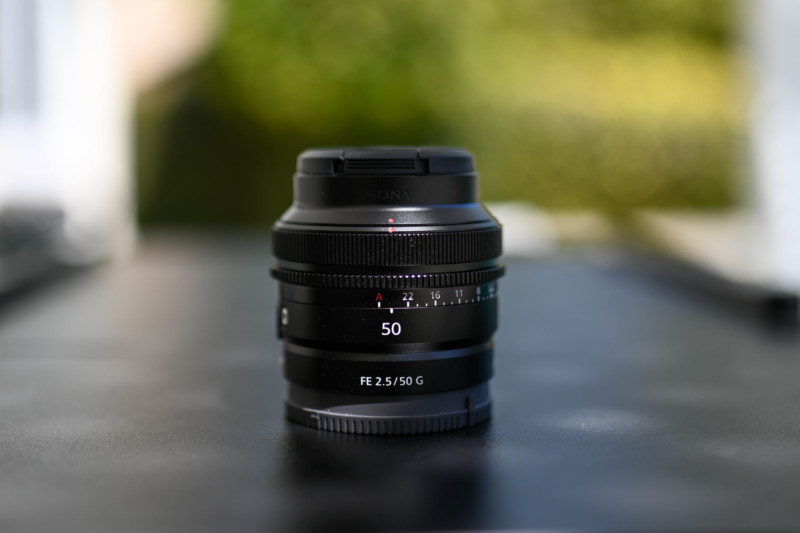
When it comes to overall shooting experience, I was quite impressed. The autofocus was incredibly fast and accurate, even when tracking moving targets like a bird in the sky. I happened to be walking along the pier when a gull swooped by and without thinking I just aimed the camera at it as it flew and the lens nailed the focus on the first shot.

By comparison, my Sigma 35mm f/1.4 using an FTZ adapter for my Nikon Z6 would not have been able to focus that fast. Absolutely not a fair comparison, but I thought it was worth noting. I love my 35mm Art (truth is it’s probably my favorite lens to use and the photos of the Sony lenses were taken with my Sigma 35mm Art), but I knew going into this that the focus wouldn’t be as fast as the new primes and that was immediately obvious.
Performance
Each of the lenses in this trio worked fantastically. All three had very fast and reliable autofocus, which is expected of Sony but always good to see. Shooting in manual mode was easy (shifting the AF to MF) and using the manual aperture ring was just as satisfying with the — as noted — “click” mode enabled. Using these lenses legitimately gave me the feeling as if I was shooting film again.
Edge to edge, the images are quite nice with next to no visible distortion on the 40mm and 50mm lenses and the 24mm having very minimal curves on the edges. It was also nice that all three lenses are the exact same size, meaning from a street photographer’s point of view, someone watching you has no clue if you’re shooting a wide-sweeping image with the 24mm or something a little tighter-framed with the 50mm.
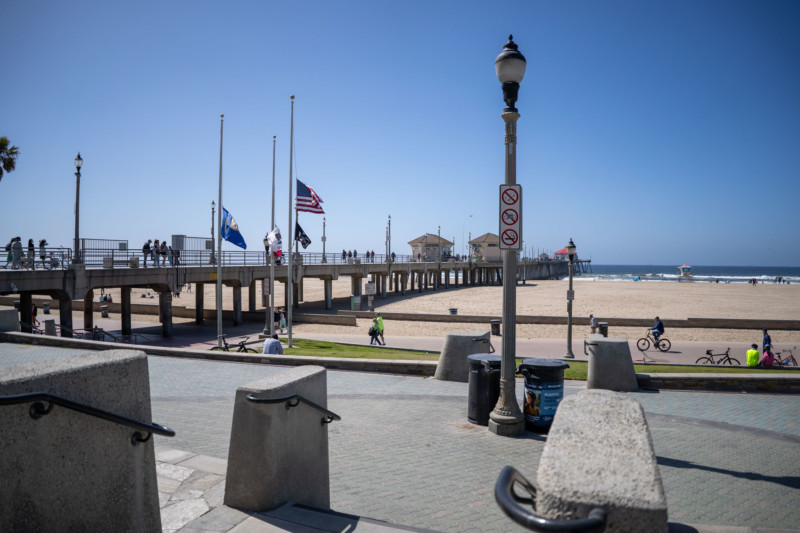
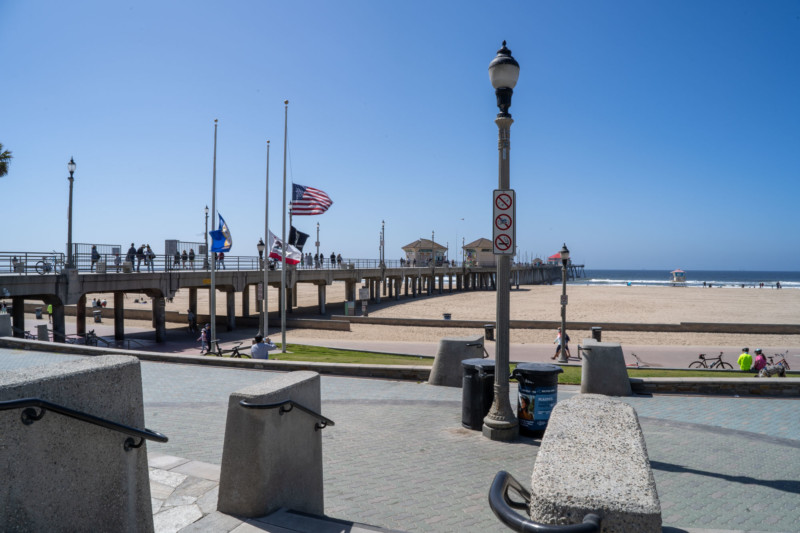
The 40mm was my favorite of the 3 lenses to use, since the 35mm is my go-to focal length it felt the closest to what I’m used to. Just like its siblings, the accuracy of the autofocus was fast and bang on every time.
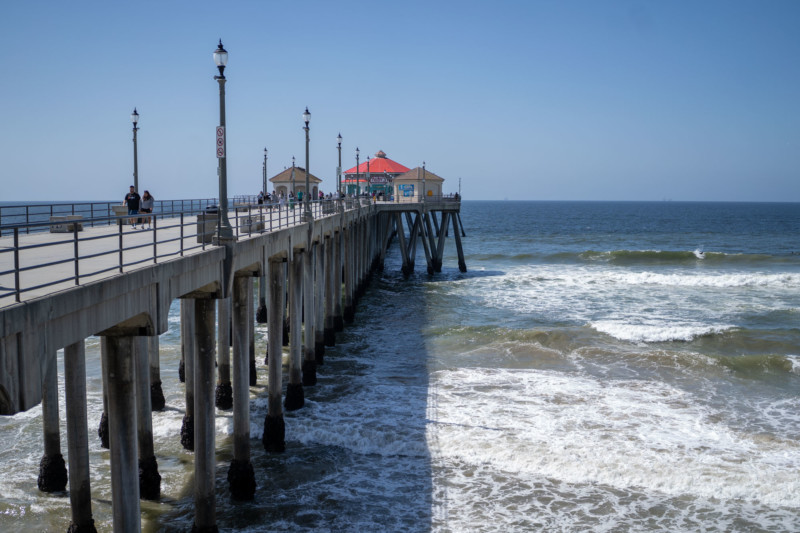

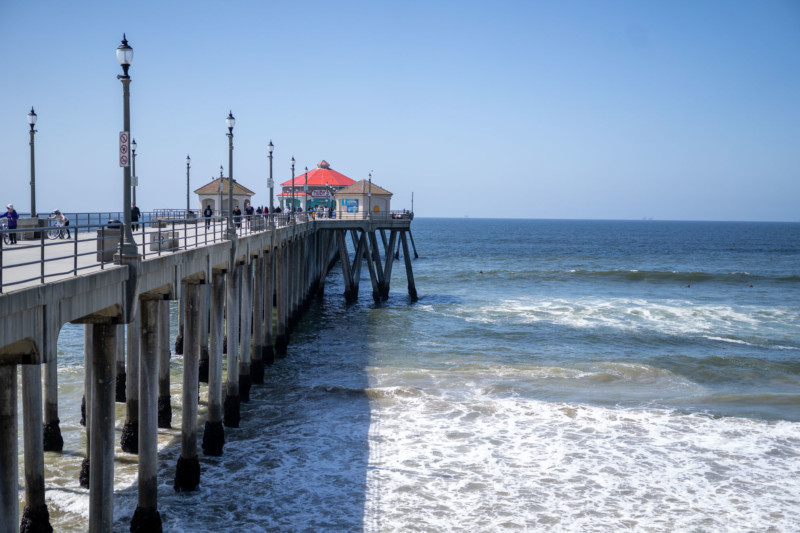
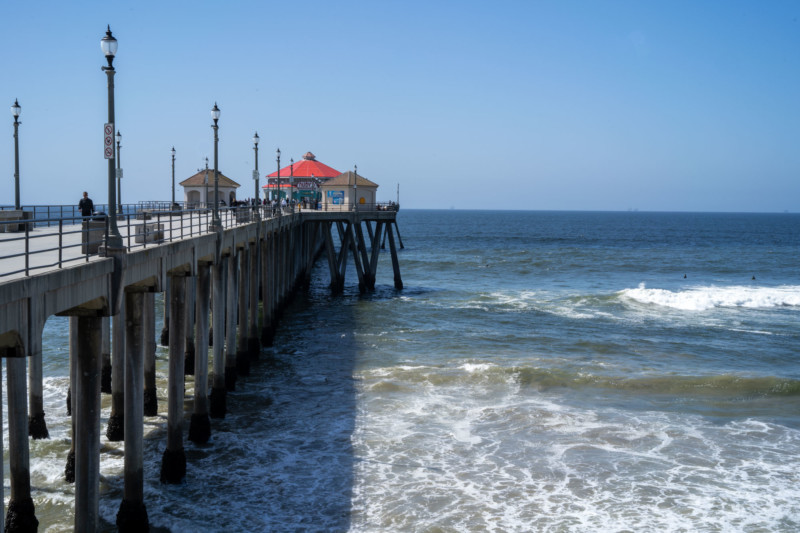
I think one of the more functional benefits of these lenses is again their small size. As I was able to carry all three of the lenses without my camera bag with one lens was on the camera and the other two in my jacket pockets which allowed for quick and easy swaps. It was a much different experience to have multiple focal length primes in a fraction of the space and weight when compared to the other lenses in my kit. Even better, I enjoyed using them because I didn’t feel like I was making a compromise: not only were they small, as you can see from the images they are actually quite sharp with a very satisfying bokeh.
Bokeh
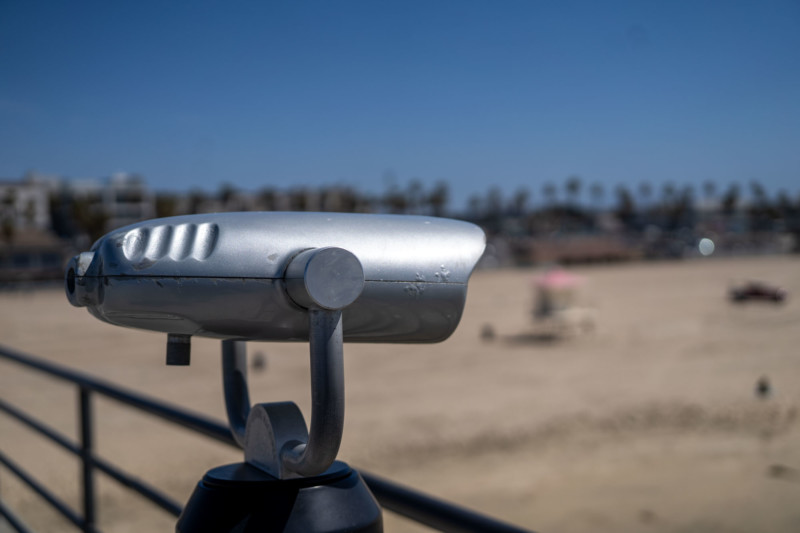
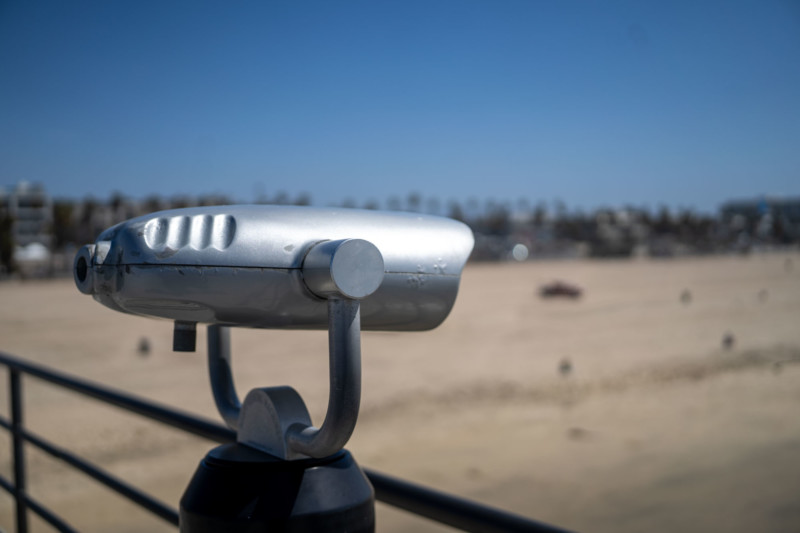
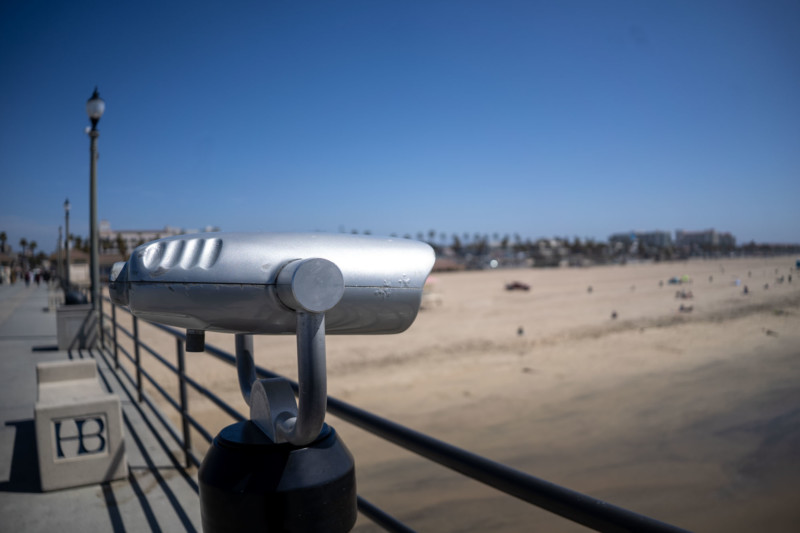
I feel that while all three of these lenses had great bokeh for their respected apertures, the 40mm at f/2.5 seemed much smoother and nicer than the other two lenses. Standing in the same place and framing the viewfinder in relatively the same position for the samples above, the 40mm bokeh is slightly smaller but feels much more pronounced and smoother than the others. I may have a favorite, but all three lenses shot wide open will return a satisfying and smooth backdrop for your image.
Sample Images
Sony 24mm f/2.8 G

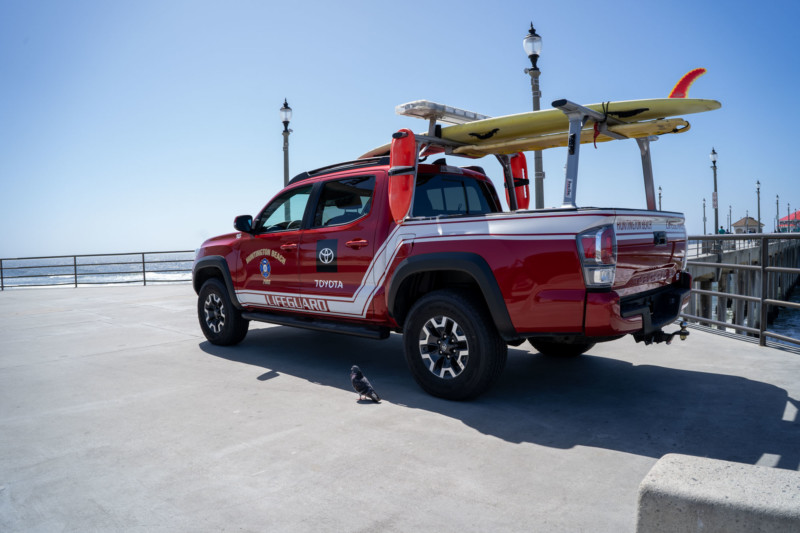
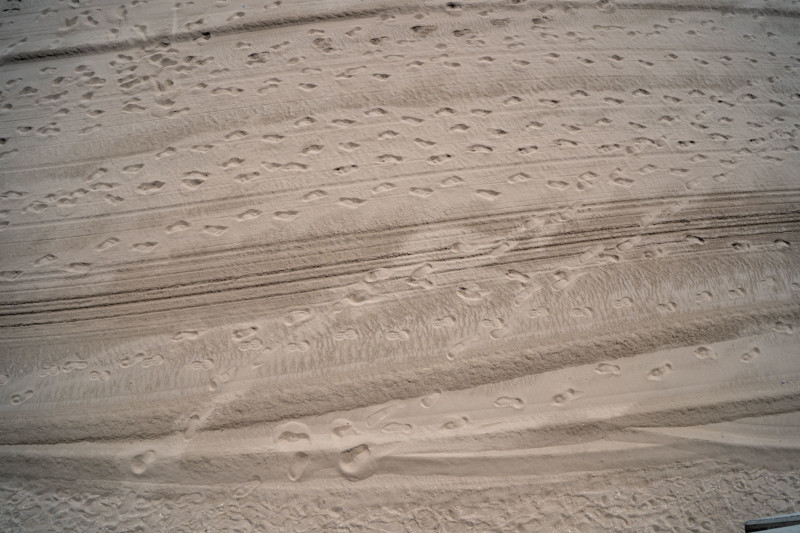
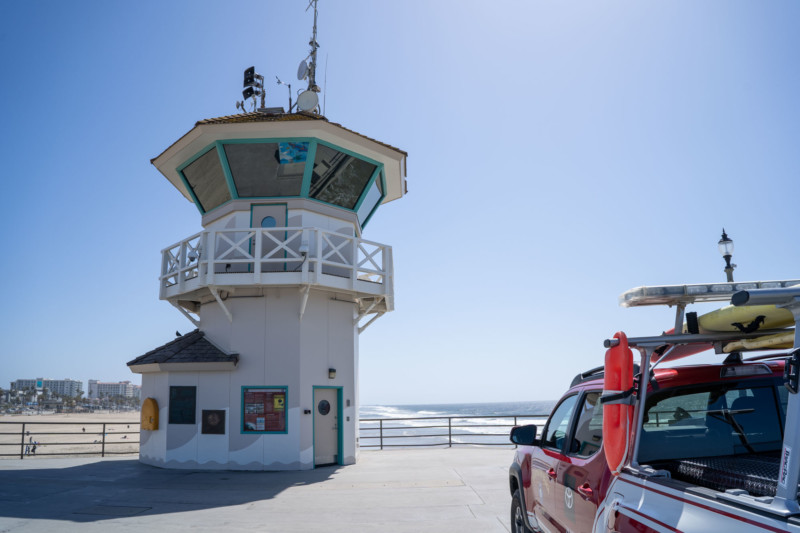
Sony 40mm f/2.5 G



Sony 50mm f/2.5 G




Things I Liked
- Very Small and Lightweight
- Could pack 3 of these lenses in the space of 1 “normal” lens in my backpack
- Aperture rings were very satisfying to use in manual mode
- Focus rings were very smooth and accurate
- Lenses are small and discreet
- Affordable price
- Autofocus was fast and accurate
- The metal body feels tough and durable and the engraved iris ring indices, focal length markings, and Sony logo are a nice touch.
- AF Motors are optimized for video too, with a silent and accurate linear actuator.
- Lens hoods are small, discreet, and snap into place with ease
Things I Didn’t Like
- Aperture ring tends to rotate/shift when mounting and removing the lenses from the camera body
- Images get slightly softer past f/16
- Distortion on the 24mm is noticeable but easily fixed with lens profiles (once released) or taking a little bit to adjust/straighten the image in post
Compact Without Compromises
I have to admit that while I’m a fan of and use Sigma lenses in my own kit, these new primes from Sony are wildly practical and fun to use. They may not be the super-fast f/1.8 or f/1.4 primes you might be used to seeking out and using, but for a set of lenses that are discreet, fast, boast great
autofocus accuracy, are easy to use, are very durable, and are also affordable, the only reason to not recommend any of them is if you actually truly need that extra shallow depth of field and are willing to trade off the extra cost, size, and weight for it.
Are There Alternatives?
I think the most obvious alternatives are the Sigma I-Series lenses, which Sony clearly positions these three new G lenses against. They’re not identical in focal lengths though, (35mm f/2, 65mm f/2, 24mm f/3.5, and 45mm f/2.8) so it’s not entirely out of the question to own a mix of these two brands if you’re looking at getting a set of compact primes. Sony also has several alternatives within its own lineup, however, you might have to step up to the far more costly G-Master line, like with the new 50mm f/1.2 G Master, which can be up to four times the cost and almost 4.5 times as heavy as the 50mm f/2.5 G lens. So it’s really up to you if the extra focal range is worth the price, size, and weight in your bag. Additionally, there are several third-party lens makers out there from Tamron to Samyang and Venus Optics, and while each offer their own advantages and disadvantages over one another, this Sony set feels like one of the first times you can get an incredibly small, affordable, and high-quality travel lens and not have to leave the Sony brand to do it.
Should You Buy Them?
If saving space, reducing weight, and still having a high-quality set of lenses to shoot with are priorities for your kit, then absolutely. I’ve shot with pretty much every brand under the sun for my own work and technical reviews, and since travel was a large part of my creative work prior to the pandemic, saving space and weight is absolutely huge on the list of things that I look for. From my testing, the quality of the glass in this trio is notably impressive and while it’s not as high-end as a G-Master, I was still impressed with every shot fired.